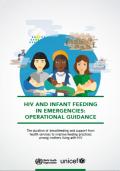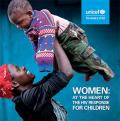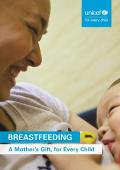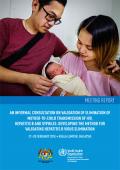Elimination of Mother-to-Child Transmission Publications
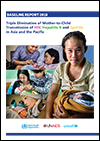
Resource | Publications,
The Regional Framework for the Triple Elimination of Mother-to-Child Transmission of HIV, Hepatitis B and Syphilis in Asia and the Pacific 2018-2030 upholds the vision that every infant should be free of HIV, hepatitis B and syphilis. The framework presents an integrated and coordinated appoach towards the goal of achieving and sustaining triple EMTCT, emphasizing the principle of people-centred care and a human-rights-based approach for all women, children and their families, by promoting collaboration among programmes addressing RMNCH, HIV, hepatitis, sexually transmitted infections and immunization.
Triple EMTCT interventions accessed through RMNCH services include: preventing unintended pregnancy; early antenatal care to allow effective case detection during pregnancy; rapid diagnosis; timely and appropriate treatment in pregnancy as well as during and after childbirth; and partner testing and treatment. Closing gaps, avoiding duplication and identifying missed opportunities will improve the quality and efficiency of service delivery and result in better outcomes.
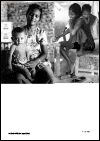
Resource | Publications,
The National Strategic Plan for the Prevention and Control of HIV/AIDS (2014-2018) guides the national efforts to maintain the low prevalence of HIV in the Maldives. The elimination of mother to child transmission (EMTCT) of HIV and syphilis in the Maldives is an important public health milestone reflecting effective and equitable national policies and services that place people first. Universal access to antenatal care and screening for syphilis and HIV is ensured through an extensive network of public sector hospitals, health centres and private health facilities. Prevention of MTCT of HIV and syphilis infection is given special attention within the Reproductive Health (RH) programme. An important target is to screen 100% of women attending ANC clinics for HIV and syphilis.
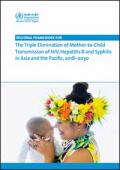
Resource | Publications,
The Regional Framework for the Triple Elimination of Mother-to-Child Transmission of HIV, Hepatitis B and Syphilis in Asia and the Pacific 2018-2030 suggests a coordinated approach to delivering these interventions using the shared maternal, newborn and child health platform to achieve elimination.
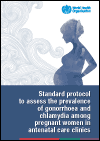
Resource | Publications,
This document has been designed to provide a framework to support local and national STI prevalence studies. The aim of these studies is to understand the burden of disease of Neisseria gonorrhoeae (NG) and Chlamydia trachomatis (CT), two priority STIs that can cause adverse birth outcomes. For this, the objective is to epidemiologically describe the prevalence of these two infections among pregnant women and, by proxy, the general population in the country.
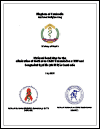
Resource | Publications,
Cambodia has set a goal to eliminate MTCT of HIV by 2025. Of the five process indicators by WHO to be elimination-certified, the first indicator of ≥95% ANC coverage, has already been achieved. Substantial progress has also been made towards the other four indicators. However, the data systems to validate elimination are not yet fully in place, systems have not yet been developed to ensure delivery of PMTCT services for women who receive ANC and maternity care in both public and private sector, laboratory systems need further strengthening, and human rights, gender equality and community engagement considerations have not yet been fully assessed. For these reasons, a pre-elimination strategy is needed from 2017-2020, prior to the full elimination strategy.






